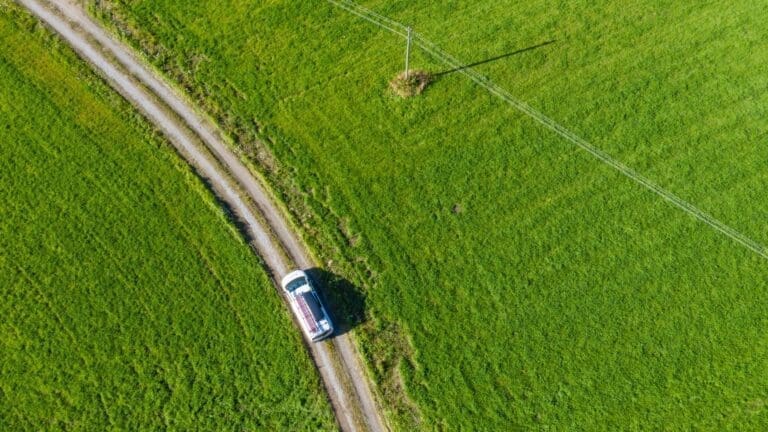Design of the 400 kV power line Richborough – Canterbury, United Kingdom
Preparation of the design of the 400 kV power line Richborough – Canterbury, United Kingdom

CHALLENGE
Eltel Networks Engineering SA, in cooperation with Murphy Eltel Joint Venture, participated in a project to build a new 400 kV overhead power line in the UK between Canterbury and Richborough. This line was independently designed by the team of our designers from Krakow.
The investor was National Grid plc, the UK transmission system operator. This line connects the Nemo Link® (a subsea electricity interconnector between Herdersbrug in Belgium and Richborough in England) to the British electricity system. This connection plays an important role in ensuring the reliability and security of the electricity supply in United Kingdom.
This line is unique as it is the first completely new 400 kV line built for the National Grid for many years (previous projects were only related to refurbishment of the existing lines). At the same time, part of the work was completely new also for our designers, because we had not performed such tasks as the design of foundations of towers or their earthing in UK before.
In this case, a particular challenge within the scope of the design work was the temporary diversions of the existing 132 kV overhead double-circuit power line, crossed twice by the new 400 kV line. The documentation of the 132 kV power line was very scarce as it was built before the Second World War. According to the requirements of the investor, the above-mentioned diversions were to be made using wooden supporting structures, which is a completely unusual solution in the Polish high-voltage networks. In United Kingdom, however, this concept is so popular that a dedicated technical specification has been developed. Due to geological conditions, the poles had to be provided with guys designed individually for each pole position.
Complex procedures (e.g. external, two-step approval for each element of the project), extensive technical standards and high investor requirements complemented the complexity of the design process. Due to the detailed design, our designers were required to develop a lot of drawings and documents which are not required for such projects in Poland. An example may be special analyses of the jumpers swings on each tension tower based on site specific data.
We used a number of tools during the design work. One of them was ArcGIS Online, a web-based solution for managing the project data of the Geographic Information System (GIS). This system enabled a large amount of data to be transmitted in real time from the site. The line model itself was developed using the Power Line Systems software, a set of professional engineering tools used worldwide. Each of its modules is intended for design a specific part, for example a tower, foundation, or the line in general. In combination with the classified laser scanning point cloud, it enabled the accurate imaging of the project in the field. As a result, after defining the appropriate input parameters, we received many necessary reports almost immediately by automatically generating them in the software. In addition, the use of finite element methods for calculations, e.g. advanced analyses for suspension towers and micropile plates in foundations, helped us to reduce the required reinforcements, and thus to reduce costs.
The involvement of our employees in the execution phase was also important. During the construction of the power line, the delegated designer was available on site and he was responsible for addressing on-going project-related issues. This solution significantly reduced the time of response to the problems encountered and prevented additional costs for the contractor in the area of the improper interpretation of the documentation by subcontractors or the use of incorrect elements.
EFFECT
This project, which was carried out by our Eltel Networks Engineering SA team from 2016 to 2018, was unique in several aspects and different from those carried out by our office in the Polish market, as we had to meet specific requirements and new procedures. However, thanks to the vast experience of our designers, we completed it with the highest quality and in accordance with the schedule, fully meeting the investor’s expectations. For us, the design of the new 400 kV power line Richborough-Canterbury in United Kingdom is a great cause for pride and a model of good practice to follow.






